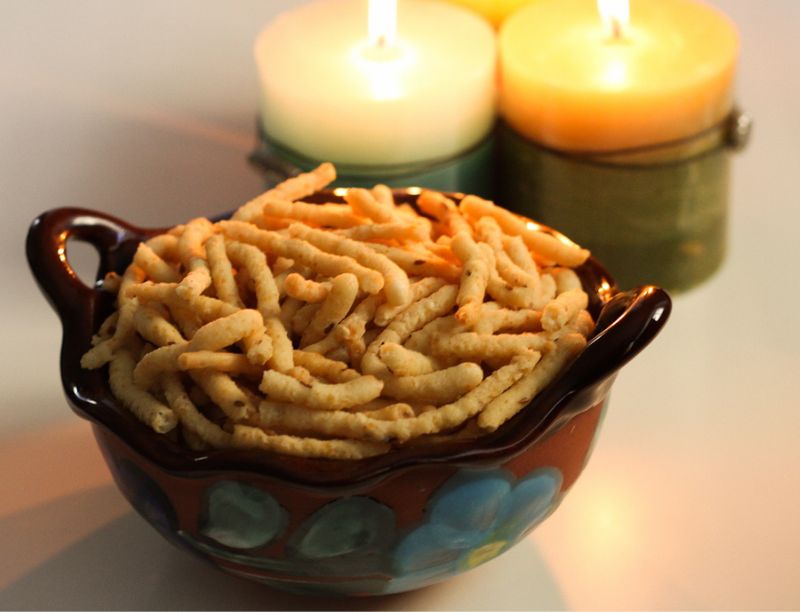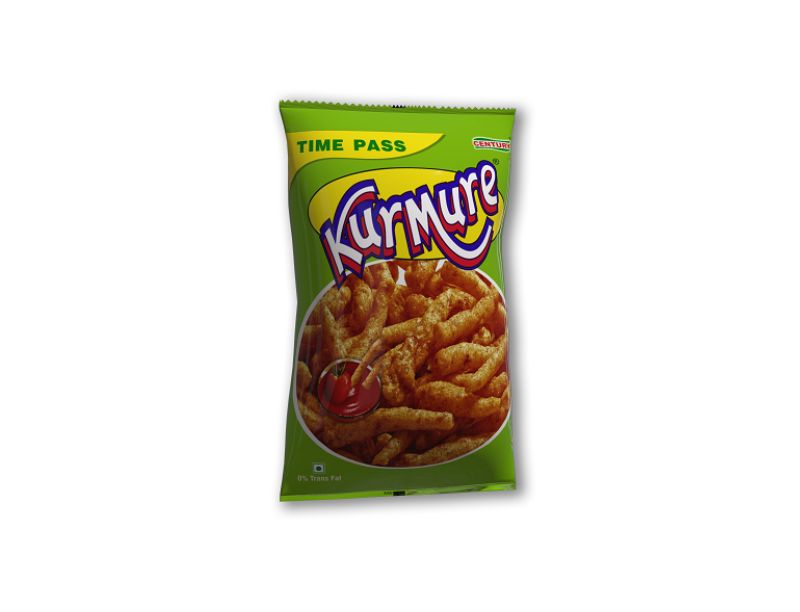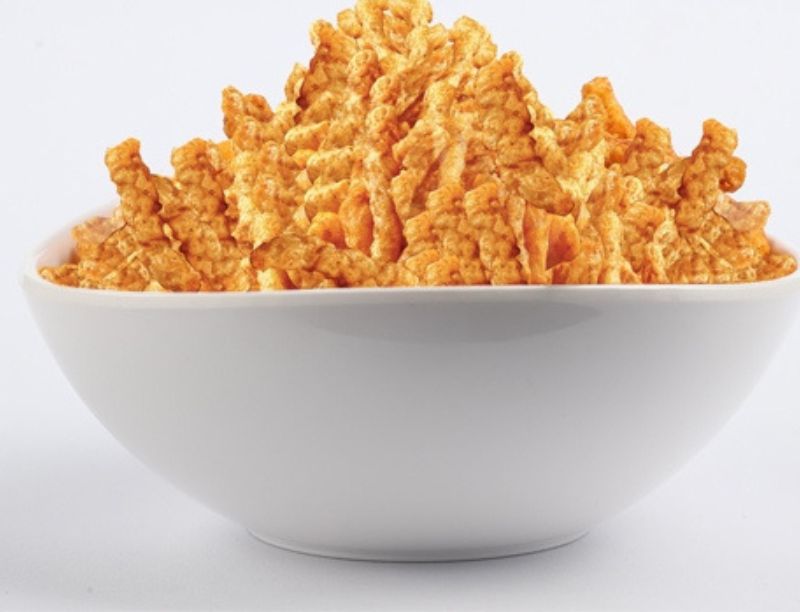Introduction
Kurmure is a beloved snack enjoyed by people of all ages across various regions, especially in South Asia. This puffed rice snack is standard in practically every home, roadside stand, and neighborhood store, and it tastes savory and crunchy. Although its name may vary by region, its appeal remains universal due to its affordability, versatility, and satisfying crunch.
This article explores Kurmure’s origins, ingredients, preparation methods, variations, health aspects, and cultural significance. Upon completion, you will better comprehend this popular snack and its role in everyday life.
Puffed rice, the base ingredient for Kurmure, is made by heating rice grains under high pressure. The result is light, airy rice that can be consumed as a snack or used in various culinary preparations.
It gained widespread popularity as a street food in India and Nepal. Vendors would mix puffed rice with various seasonings, vegetables, and chutneys to create a savory, filling, and flavorful snack. The portability and ease of preparation made Kurmure a go-to snack for those on the move.
Ingredients of Kurmure
The essential ingredients of Kurmure are simple yet versatile. Here’s a breakdown of the key components:
- Puffed Rice (Murmura): Kurmure’s primary ingredient, puffed rice, is the foundation. It gives the snack its signature lightness and crunch.
- Spices: The spice blend is what makes Kurmure flavorful. Common spices include:
- Salt: For seasoning.
- Turmeric: For color and earthy flavor.
- Red Chili Powder: To add heat.
- Chaat Masala: A mix of tangy and spicy seasonings that enhances the overall taste.
- Cumin Powder: Adds a subtle depth to the flavor profile.
- Oil: A small amount of oil is used to roast the puffed rice and help the spices adhere to it.
- Peanuts: Roasted peanuts are a common addition, providing crunch and a nutty flavor.
- Sev or Bhujia: Thin, crispy chickpea flour noodles, often used as a garnish, add an extra layer of crunch to Kurmure.
- Onions, Tomatoes, and Green Chilies: In street-style Kurmure preparations, fresh vegetables, particularly onions and tomatoes, are added to balance the heat from the spices and provide freshness.
- Coriander: Fresh coriander leaves are often sprinkled on top for an herbal note and visual appeal.
- Tamarind or Mint Chutney: Chutneys are sometimes added to give Kurmure a tangy and sweet flavor.
Also Read: Aloo Achar Recipe: A Flavorful Nepali Delight
Preparation Methods
Different ways to prepare Kurmure depend on preferences and regional variations. The basic process of making Kurmure at home is straightforward and adaptable to personal preference.
Dry Roasting Method:
- Step 1: Heat a pan and add a small amount of oil.
- Step 2: Add peanuts and roast them until golden brown.
- Step 3: Add the puffed rice to the pan and dry roast it for a few minutes until crisp.
- Step 4: Season with salt, turmeric, red chili powder, and other preferred spices.
- Step 5: Mix well, ensuring the puffed rice is evenly coated with the spices.
- Step 6: Remove from heat and add fresh chopped onions, tomatoes, green chilies, and coriander.
- Step 7: You can serve warm or room temperature.

Street-Style Kurmure:
- Step 1: Combine roasted peanuts, sev, or bhujia with puffed rice in a big bowl.
- Step 2: Add freshly chopped onions, tomatoes, and green chilies.
- Step 3: Season with chaat masala, cumin powder, and red chili powder.
- Step 4: Drizzle tamarind or mint chutney over the mixture for a tangy flavor.
- Step 5: Toss everything together and serve immediately for the best taste.
Variations of Kurmure
It is highly customizable, and the snack has countless variations based on regional tastes and personal preferences. Some popular variations include:
- Masala Kurmure: This version is spicier and packed with bold flavors, often featuring a combination of chili powder, garlic powder, and coriander powder. It’s a popular street snack in northern India.
- Sweet Kurmure: In some regions, Kurmure is made with jaggery (unrefined sugar) or sugar syrup, creating a sweet snack version. The puffed rice is coated with the syrup and allowed to cool, creating crunchy, caramelized clusters.
- Bhel Puri: One of the most famous street foods in India, Bhel Puri is a type of Kurmure served with tangy tamarind sauce, spicy green chutney, diced vegetables, and sev. It is typically eaten as a snack or light meal.
- Jhalmuri: A popular Bengali variation, Jhalmuri is a spicy version of Kurmure that includes mustard oil, green chilies, and various vegetables. It’s known for its bold, fiery flavor.
- Nutty Kurmure: Some people mix it with roasted almonds, cashews, or other nuts for added texture and flavor.
Health Benefits and Concerns
Nutritional Value Kurmure, primarily made of puffed rice, is a low-calorie snack. A basic serving of Kurmure contains carbohydrates and some protein and is low in fat, making it a popular choice for those looking to eat something light yet satisfying.
However, Its nutritional value can vary depending on its preparation. For example, adding too much oil, fried sev or bhujia, or sweet syrups like sweet Kurmure can raise the fat and calorie content.
Health Benefits:
- Low-Calorie: Since puffed rice is naturally light, Kurmure is often seen as a healthier alternative to fried snacks like chips or samosas.
- Rich in Carbohydrates: Puffed rice provides a quick energy source, making Kurmure an excellent snack for those who need a boost during the day.
- Versatile Add-ons: Adding vegetables like tomatoes, onions, and coriander enhances the snack’s fiber and vitamin content.
Potential Health Concerns:
- High in Sodium: Some store-bought or street-style Kurmure may be high in salt and can contribute to excessive sodium intake, leading to health issues like hypertension.
- Fried Add-ons: Including fried ingredients like sev and peanuts can add unhealthy fats to an otherwise light snack.
- Portion Control: While Kurmure can be a healthy snack in moderation, portions must be controlled, especially when prepared with extra oil or fried toppings.
Cultural Significance
It holds a special place in the culture and cuisine of many South Asian communities. It’s a snack and a part of daily life, offering comfort, nostalgia, and a shared experience among family and friends.

- Street Food Culture: In countries like India, Pakistan, and Nepal, Kurmure is synonymous with street food culture. Vendors can be found at every corner, whipping up fresh batches of Kurmure and serving them to hungry passersby. It’s a snack that brings people together, often enjoyed while socializing with friends or family.
- Festivals and Celebrations: Kurmure is often prepared as a light snack to complement tea or coffee during festivals or family gatherings. It’s also a popular option for munching during long train journeys or picnics.
- Childhood Memories: For many, Kurmure is a snack tied to childhood memories. The simple joy of eating a packet of Kurmure while playing outside or watching TV resonates with people across generations.
Conclusion
Kurmure is more than just a crunchy snack; it reflects cultural diversity and culinary creativity. From its humble beginnings as puffed rice to its modern-day variations, Kurmure continues to delight taste buds worldwide. Whether enjoyed in its simplest form or dressed with spices, chutneys, and vegetables, It remains a go-to snack for people seeking something light, flavorful, and satisfying.
Its adaptability, affordability, and unique combination of flavors make it a snack that transcends geographical boundaries, earning a special place in the hearts and stomachs of those who love it.
Read More: Chatpate Recipe: A Tangy Delight

